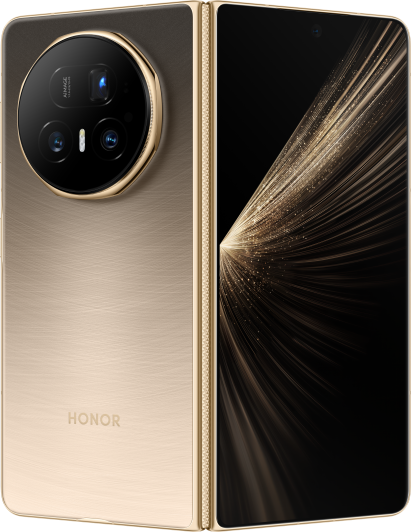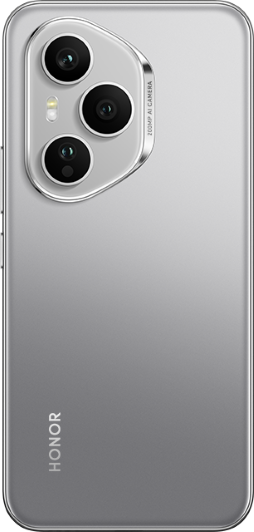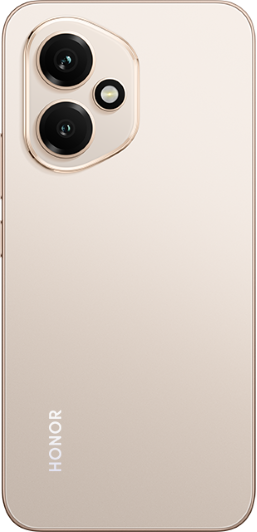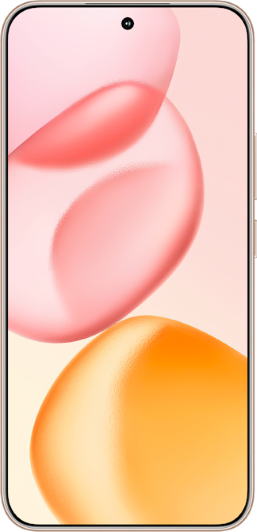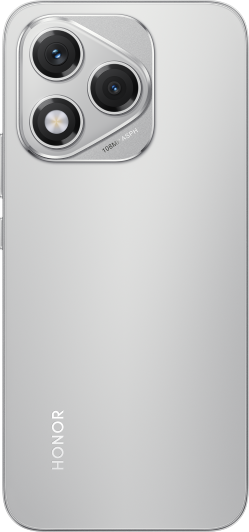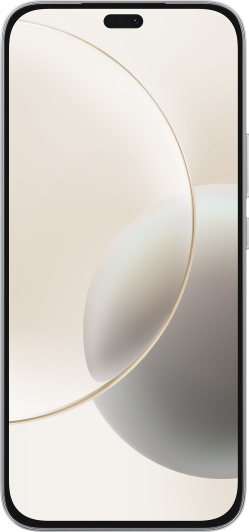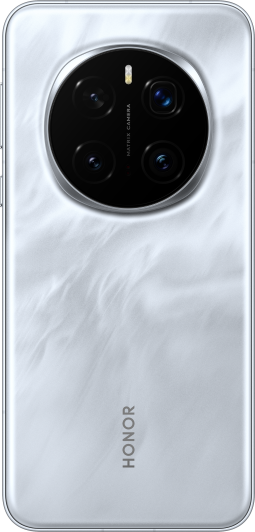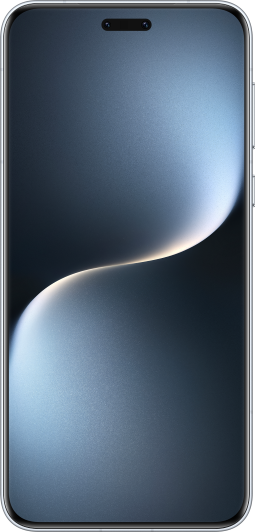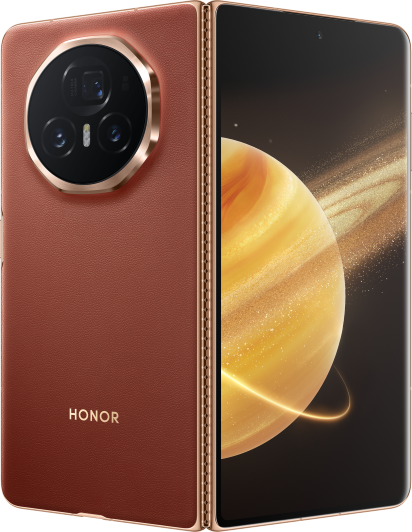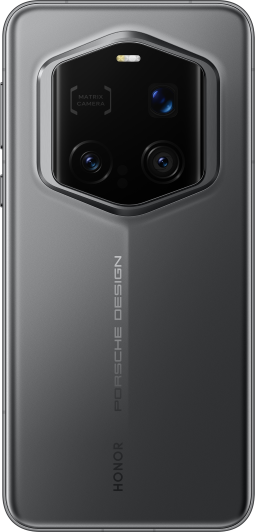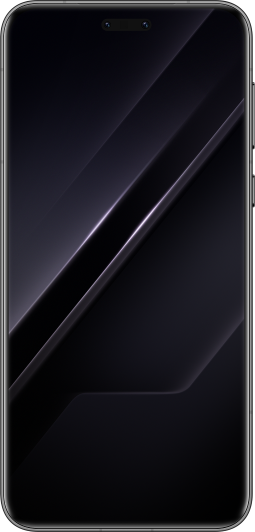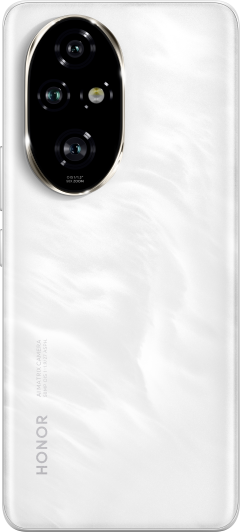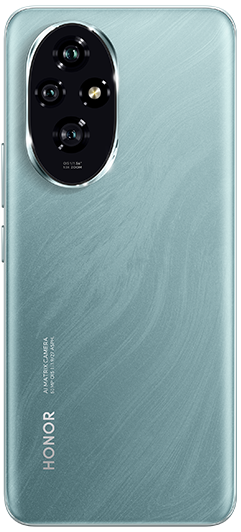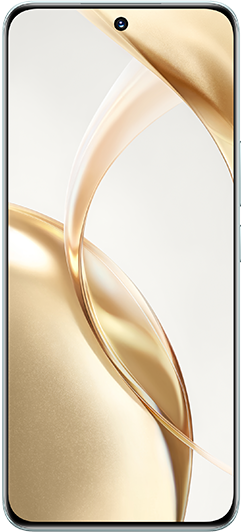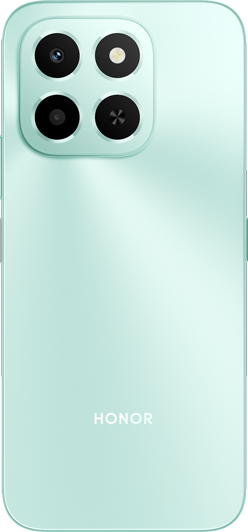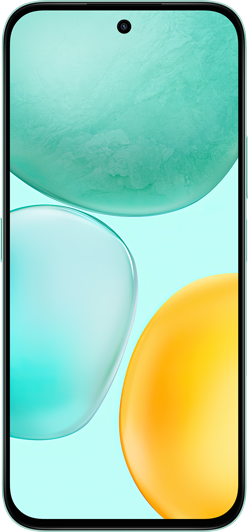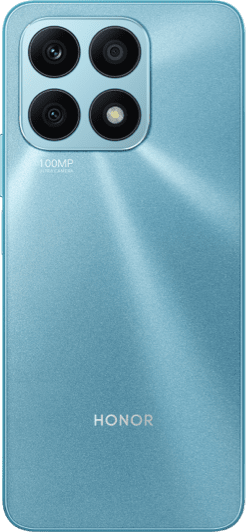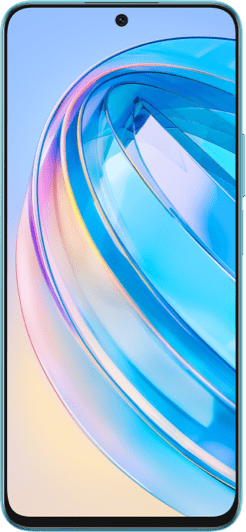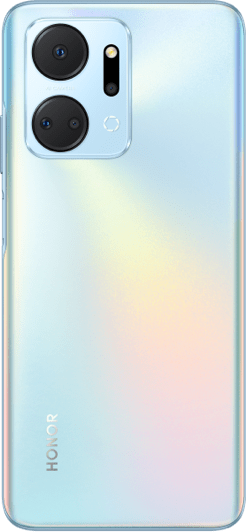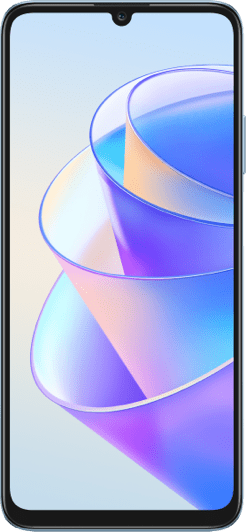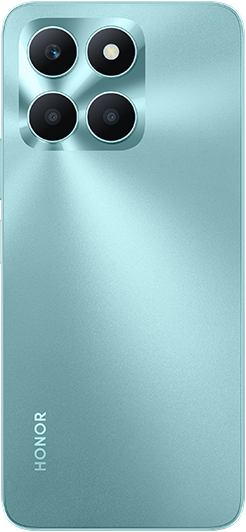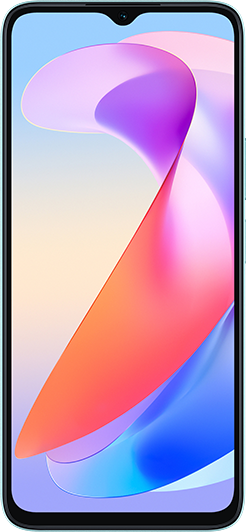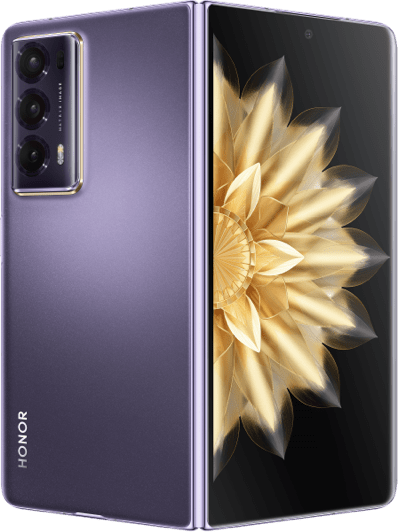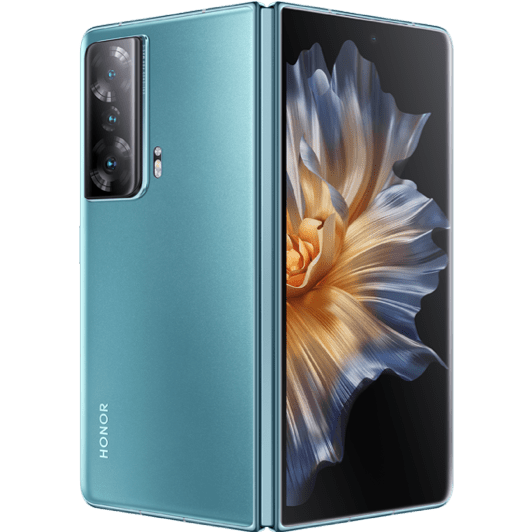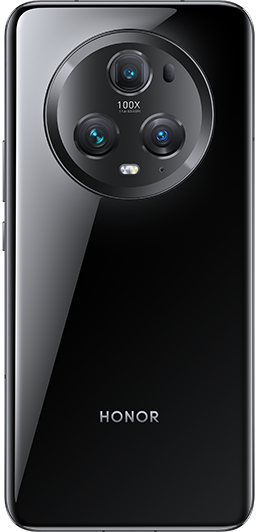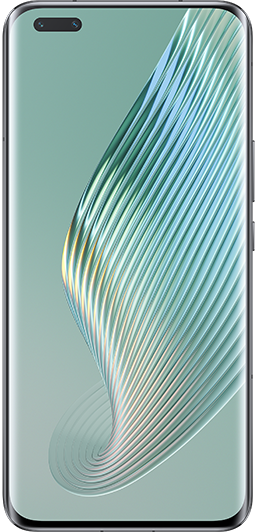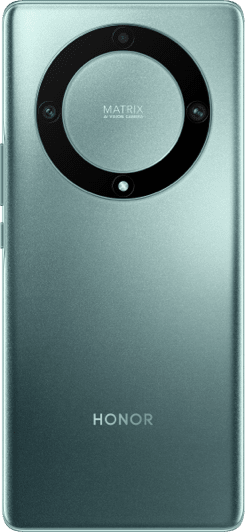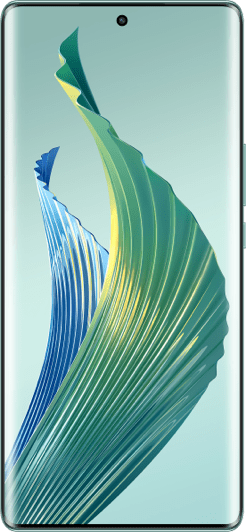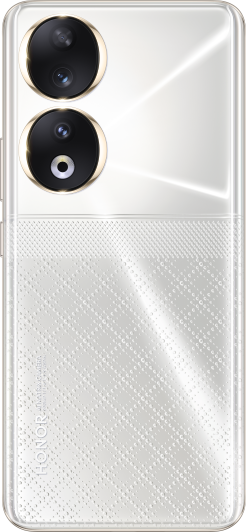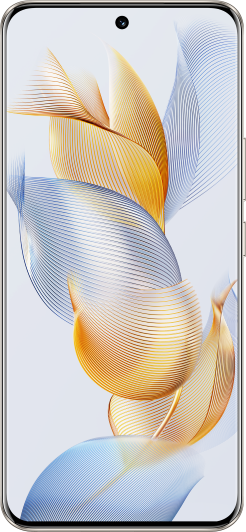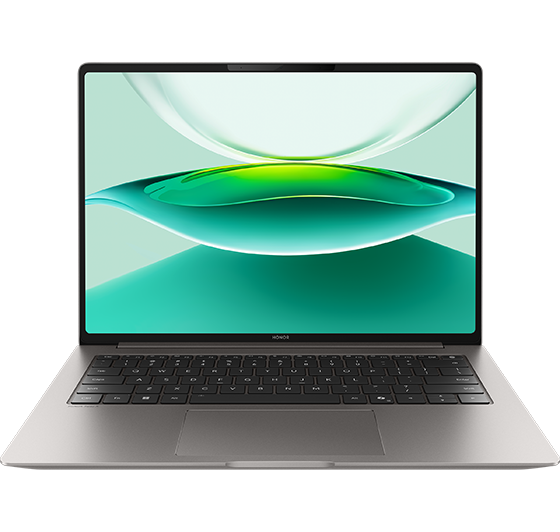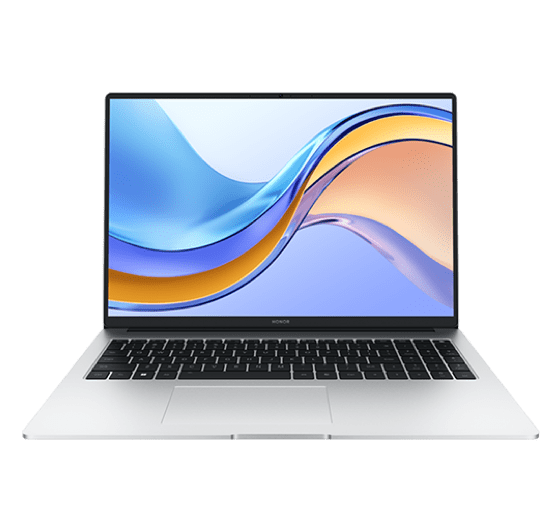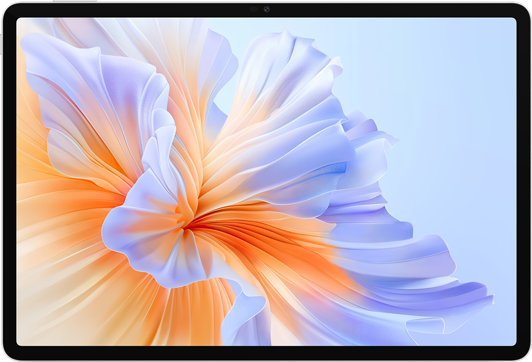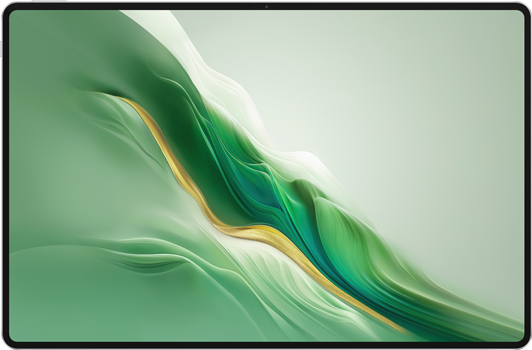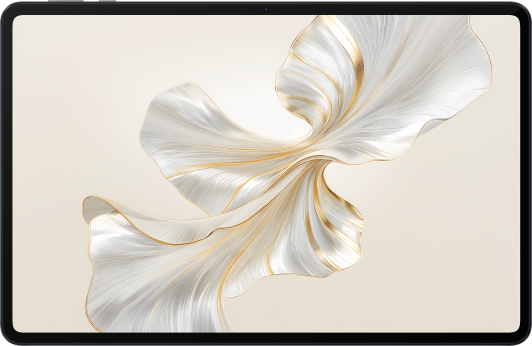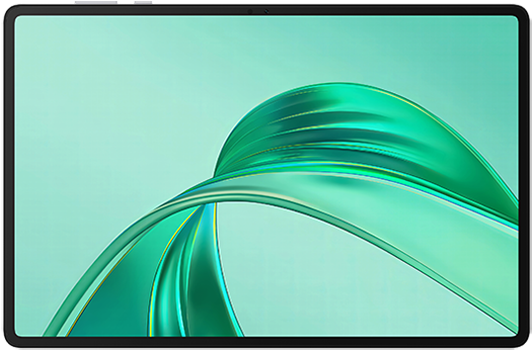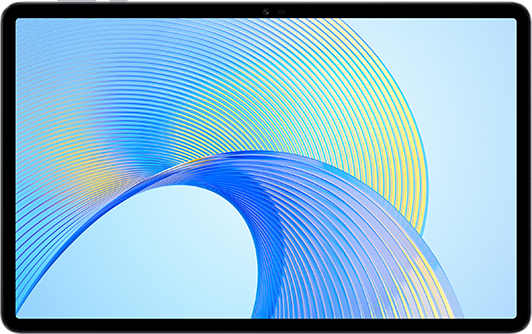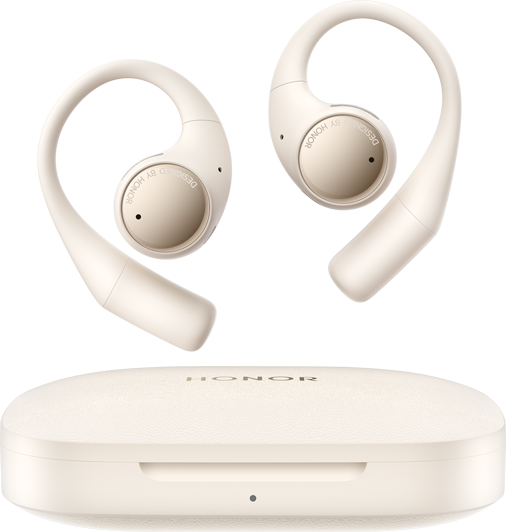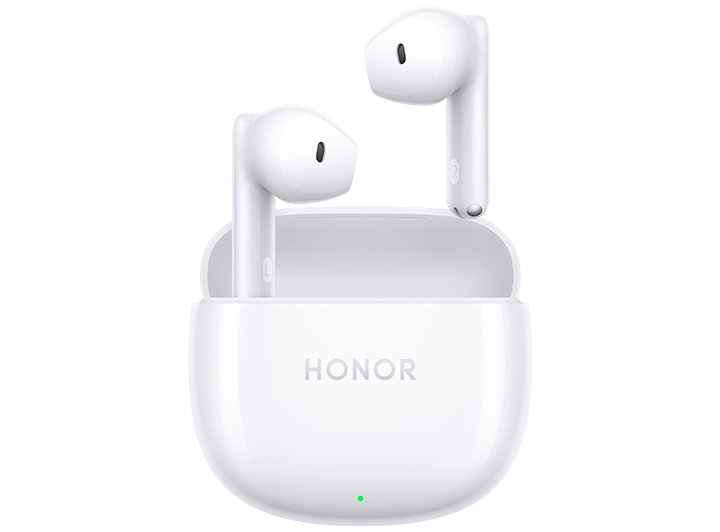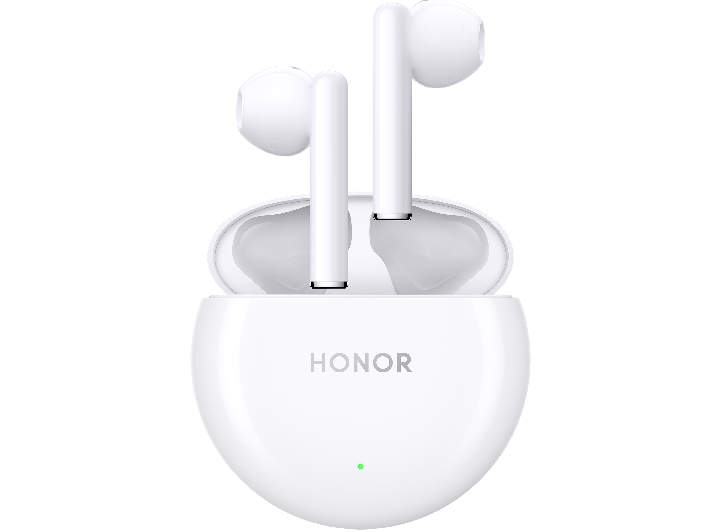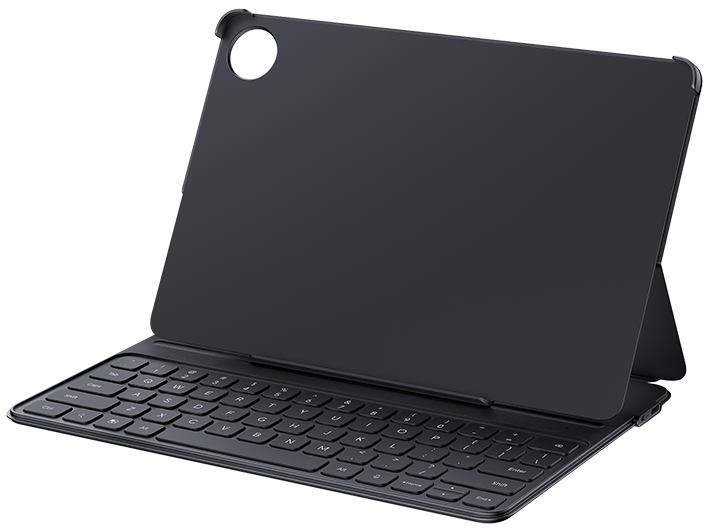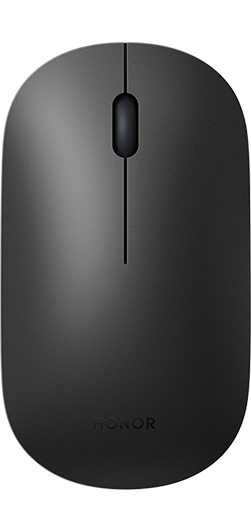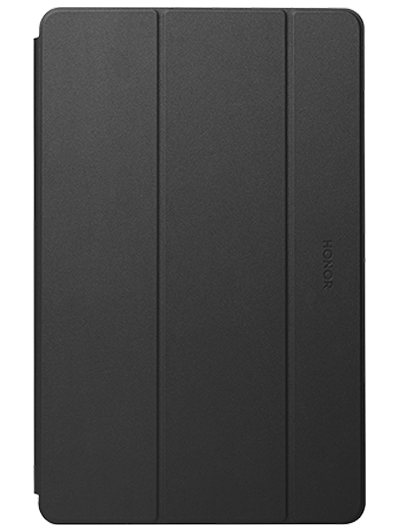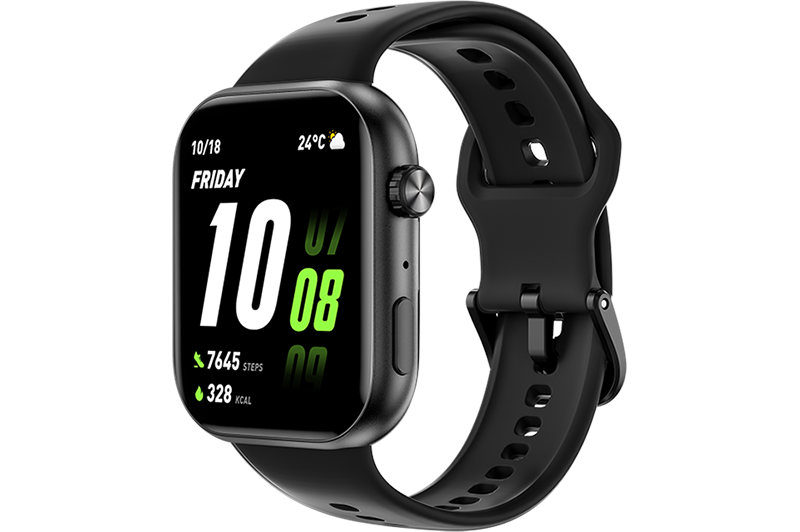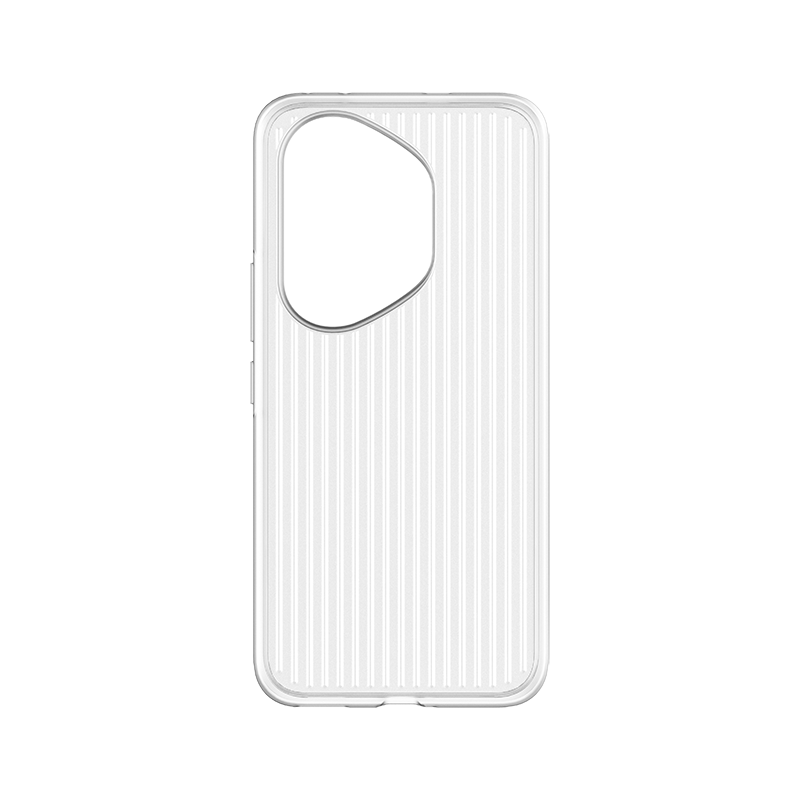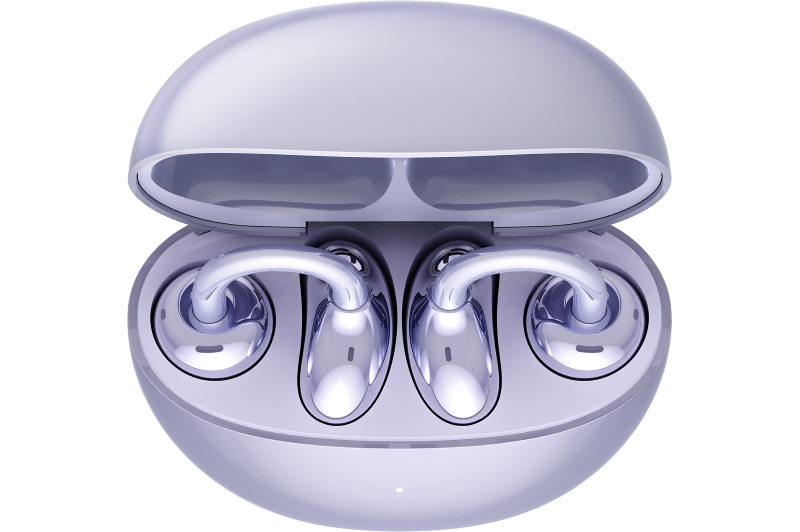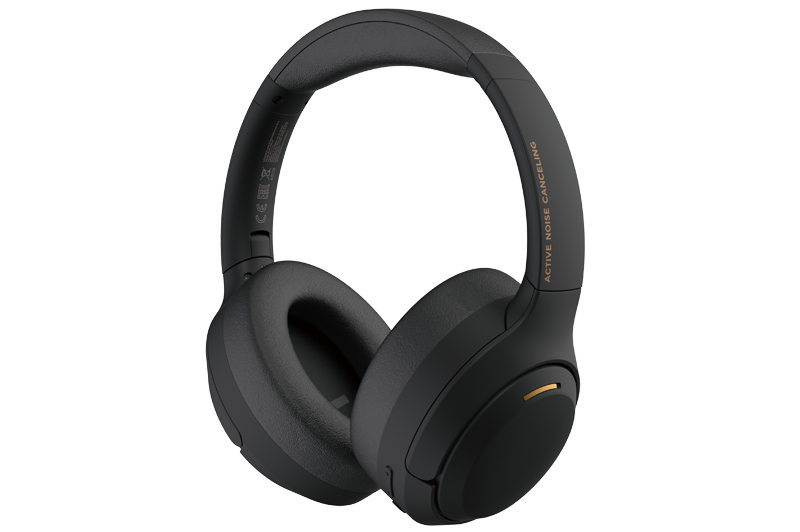TOP

我的荣耀 开启荣耀之旅
To log in to your account, you must first agree to the HONOR PLATFORM TERMS OF USE. If you do not agree, you may only browse the site as a guest.

How Folding Phone Screens Are Changing Tech
Table of Contents
・How Does a Folding Phone Screen Work?
・What Are the Materials of Foldable Phone Screens
・Pros and Cons of Folding Phone Screens
・Are Folding Phone Screens Reliable
・Conclusion
・FAQs
In the past, our mobiles stuck to flat slabs of glass. Now, folding phone screens bring a new twist to our daily tech. Foldable screens have sparked excitement across the world. They promise pocket-sized convenience and tablet-sized views. In this article, we'll explore the tech, the materials, the perks and pitfalls, and whether these devices truly hold up. Ready to unfold the hype? Let's go!
How Does a Folding Phone Screen Work?
Folding phones hinge around a simple idea: combine a flexible display with a clever mechanism. So, how does a folding phone screen work exactly? Manufacturers start with an OLED panel. OLED pixels sit on a plastic substrate rather than rigid glass. They connect to a hinge that lets the display curve without breaking.
Then comes the magic glue—an ultra-thin adhesive that holds layers tight while still bending. On top of that, manufacturers add a protective layer, sometimes high-grade polymer, sometimes ultra-thin glass (UTG). It shields the pixels from scratches.
When you open your device, this hinge smoothly locks into place. Close it gently, and it folds back without creasing permanently. That, in essence, shows how do foldable phones work.
What Are the Materials of Foldable Phone Screens
Now that you know how does the folding phone work, you will want to meet the cast of characters in these screens.
Flexible Display Technology
At the heart of every foldable phone screen lies flexible display technology. Manufacturers use OLED panels made of thin organic materials sandwiched between two conductors. They ditch the rigid glass layer found in LCD or traditional LED screens. As a result, the panel bends without disrupting the image. An electrical current triggers the organic layer to emit light, so you enjoy a crisp picture whether the screen is flat or folded.
Protective Layers
Brands add multiple protective layers surrounding the OLED panel. A flexible adhesive bonds each component. A smudge-resistant outer film keeps fingerprints at bay. Most importantly, a plastic polyimide (PI) film resists heat and endures repeated folds. These layers may not match glass hardness, but they guard against daily wear while remaining pliable enough to bend.
Hinge Mechanism
An ideal hinge mechanism keeps your device secure and in place in both states (folded and unfolded). It uses interlocking gears hidden inside the phone's frame. These gears guide the screen through smooth, controlled folds. Brands design the hinge to be durable and precise, yet thin enough to preserve the sleek profile of the phone.
Ultra-Thin Glass
The key foldable phone screen material is often Ultra-Thin Glass (UTG). UTG marks a leap forward in foldable phone screen material. Crafted just micrometers thick, UTG bends without cracking and still feels like traditional glass. It maintains clarity and structure through thousands of folds. On top of its flexibility, UTG gives your screen that premium, glass-like touch users expect from high-end smartphones.
Pros and Cons of Folding Phone Screens
Time to spill the tea on the mobile phone folding screen.
Pros
●Bigger display: A folding phone screen expands into a tablet-sized canvas, giving you room to read articles, watch streaming services, or sketch ideas on the go. You no longer need to compromise between a compact pocket device and a larger display. Unfolding your device transforms it instantly, letting you enjoy vibrant visuals and immersive gameplay without carrying an extra gadget.
●Multitasking mastery: Foldable screens make juggling several apps side by side effortless. You can chat with friends in one window, browse the web in another, and refer to documents in a third, all at once. This split-screen flexibility boosts productivity for work or study. Plus, the latest AI features makes your job simpler. By avoiding constant app switching, you save time and maintain focus when handling emails, research, and social media.
●Compact portability: When folded, these devices reduce to the size of a normal-sized smartphone. You still get the convenience of a small footprint for slipping into pockets or bags. Despite the added screen real estate, you don't sacrifice everyday comfort. The folding design balances portability with functionality, letting you stow your device quickly whenever you're on the move.
● Head-turning design: A foldable phone stands out in any crowd. Its innovative form factor sparks curiosity among friends, colleagues, and bystanders. You instantly communicate a taste for cutting-edge technology and design flair. That unique look can serve as an icebreaker in social or professional settings. Owning one showcases your appreciation for bold ideas in mobile tech.
Cons
● Higher price tag: Folding phones command a premium, often starting around £1,000 in the UK market and climbing well beyond. You're paying for advanced engineering, flexible materials, and sophisticated hinges. While early adopters may find value in the novelty, the elevated cost can deter budget-conscious buyers. It demands a larger upfront investment compared to many high-end traditional smartphones. (The above prices are estimated UK prices; actual prices can be found on the HONOR UK official website.)
● Potential durability issues: Despite major improvements, foldable screens still require careful handling. Repeated bending introduces stress points that, over time, could weaken the display or hinge. You'll need to avoid pressing too hard on the crease area or exposing the device to grit and debris. While manufacturers conduct rigorous testing, real-world use can sometimes exceed those lab conditions.
● Visible crease: Most foldable screens show a subtle line where they bend. Depending on lighting and content, this crease can interrupt images or text. Though it rarely affects functionality, some users find it distracting during tasks like photo editing or reading. Manufacturers continue refining layer materials and hinge designs to minimize the crease, but it remains a characteristic of current foldable phones.
● Heavier build: Adding a hinge, extra screen layers, and protective films increases a device's weight. Extended one-handed use or long video calls can feel more strenuous compared to slim, lightweight smartphones. While designers work to reduce bulk, foldable phones still sit on the heavier side of the spectrum. You might notice the difference when carrying it alongside other daily essentials.
Are Folding Phone Screens Reliable
Shall we dive into the big question: are they worth it?
Foldable screens showcase cutting-edge foldable phone screen technology. Over the past few years, brands refined the design with better hinges, tougher UTG, and stronger polymers. Many now boast IPX8 water resistance—a huge leap in the industry. Manufacturers test their phones through 200,000 bend cycles or more. That equates to opening and closing your device over 100 times daily for five years. They also check for drop resistance and scratch toughness.
While foldable phones are more resilient than ever, they are still more delicate than traditional devices. To maximize longevity, it's important to avoid situations where keys might rub against the screen or where the phone could be dropped hinge-first. Using the official case designed for your foldable device can help protect those vulnerable edges. Customer feedback often highlights that, with proper care, foldable phones like those from HONOR deliver reliability comparable to regular smartphones. Regular cleaning around the hinge is also essential to prevent dust buildup and maintain optimal performance.
For those seeking a durable and innovative device, a foldable phone could be the perfect choice, with the right care, of course.
Conclusion
In the end, folding phone screens offer a glimpse into the future. They fuse innovation with real-world use, giving you a dynamic display and compact form in one. If you value multitasking, love to binge on streaming platforms, or simply want to stand out, a folding phone might fit your lifestyle. Just be ready to invest a bit more and handle it with care. Keep exploring, keep asking questions, and let's see where the next fold takes us!
FAQs
Do foldable phone screens crack?
Yes, foldable phone screens can crack, particularly along the hinge or fold line. Though built to flex, they're still vulnerable to damage from drops, pressure, or repeated stress. While manufacturers use advanced materials to boost durability, these screens aren't unbreakable—rough handling or manufacturing flaws can still lead to cracks over time. Proper care is key to keeping them intact.
Do foldable phones have glass screens?
Yes, many foldable phones now feature ultra-thin glass screens instead of plastic. This flexible glass allows the display to bend while offering better durability and a smoother touch. Although it's stronger than plastic, it's still more delicate than traditional glass screens and requires careful handling. Protective layers are often added to improve resistance to scratches and wear.
How do folding phone screens work?
Folding phone screens work by using flexible OLED technology, which allows the display to bend without damage. These screens are made from bendable materials and paired with a specially engineered hinge that lets the device fold and unfold smoothly. This design allows the phone to shift between a standard size and a larger display, offering both portability and expanded screen space in one device.
What material is used for folding phone screens?
Folding phone screens are usually made from flexible plastic OLED materials instead of traditional glass. This plastic layer allows the screen to bend and flex without cracking. Some newer designs also incorporate ultra-thin glass layered with protective coatings to enhance durability, but plastic remains the primary material due to its flexibility. These materials are key to enabling the foldable function while maintaining screen performance.
Source: HONOR Club

Subscribe To Our Newsletter - Discover HONOR
Please accept HONOR Platform Privacy Statement.
By entering your WhatsApp number, you agree to receive commercial information on WhatsApp about HONOR products, events, promotions and services. For more details, please see our privacy policy.
Please accept HONOR Platform Privacy Statement.
I agree to receive the latest offers and information on HONOR products, events and services through third-party platforms (Facebook, Google). I may withdraw my consent at any time as indicated in the Privacy Statement.
Contact
Mon-Sat: 09:00 – 18:00. (Except on national holidays).
Third Floor, 136 George St., London, W1H 5LD, United Kingdom.
Copyright © HONOR 2017-2025. All rights reserved.
